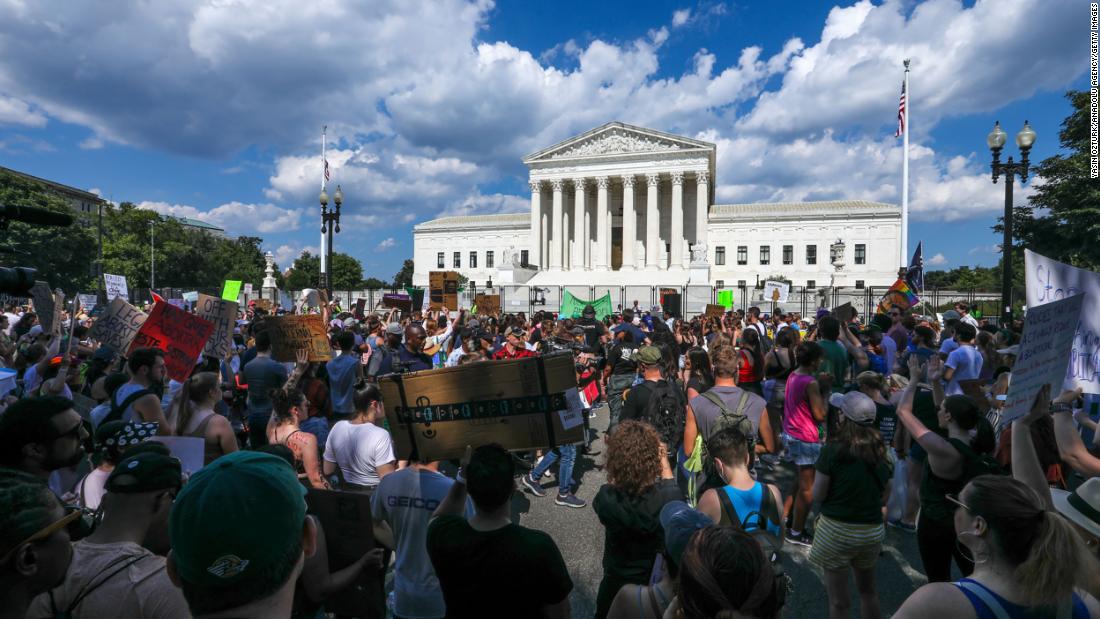
And that’s where we’ll start our look at the news of the week through numbers.
The court’s standing is a reversal from where things were two years ago when 52% of voters approved and 37% disapproved in Quinnipiac polling.
The reason the public and Democrats have turned against the Supreme Court is pretty clear: It’s been seen as increasingly political and issuing decisions that aren’t popular.
The aforementioned Quinnipiac poll showed that a mere 34% of voters believed the court is mainly motivated by the law. Most (62%) felt that the Supreme Court is mainly motivated by politics. Four years ago, the split was far more even, with 50% believing the court was mainly motivated by politics and 42% saying it was mainly motivated by the law.
It would be one thing if the court was seen as activist and making popular rulings. It’s not. Both the Gallup and Quinnipiac polls were taken after word leaked in May that the court was on the precipice of overturning Roe.
Indeed, I’m not sure I can recall another controversial and consequential Supreme Court decision that was this unpopular.
One could argue that what the Supreme Court has done in overturning Roe is unprecedented from a public opinion point of view.
What effect it will ultimately have, however, is yet to be determined.
Record midterm turnout looks possible
One potential impact of the Supreme Court’s latest ruling is that it could make people more likely to turn out to vote — in a cycle that is already seeing really high turnout.
In other words, we could be looking at a second consecutive midterm with record turnout.
Through Tuesday, turnout in primaries is up 13% in the states that have voted so far compared with this point in 2018. (This does not include states where statewide turnout by party was unavailable for either 2018 or 2022.)
I should point out that under all these turnout metrics, Republicans have been doing better than Democrats. Turnout is up 28% in Republican primaries from 2018, while it is down 2% in Democratic primaries. Republicans are more enthusiastic and certain to turn out than Democrats, according to the polls.
Put another way, the overturning of Roe means we might not only be looking at record Republican turnout come November. Democrats may end up not being too far behind.
For your brief encounters: School ends in the nation’s largest city
An editorial note: This writer always felt ecstatic at the end of school, no matter the grade. He hated school and never, ever, wishes to go back.
